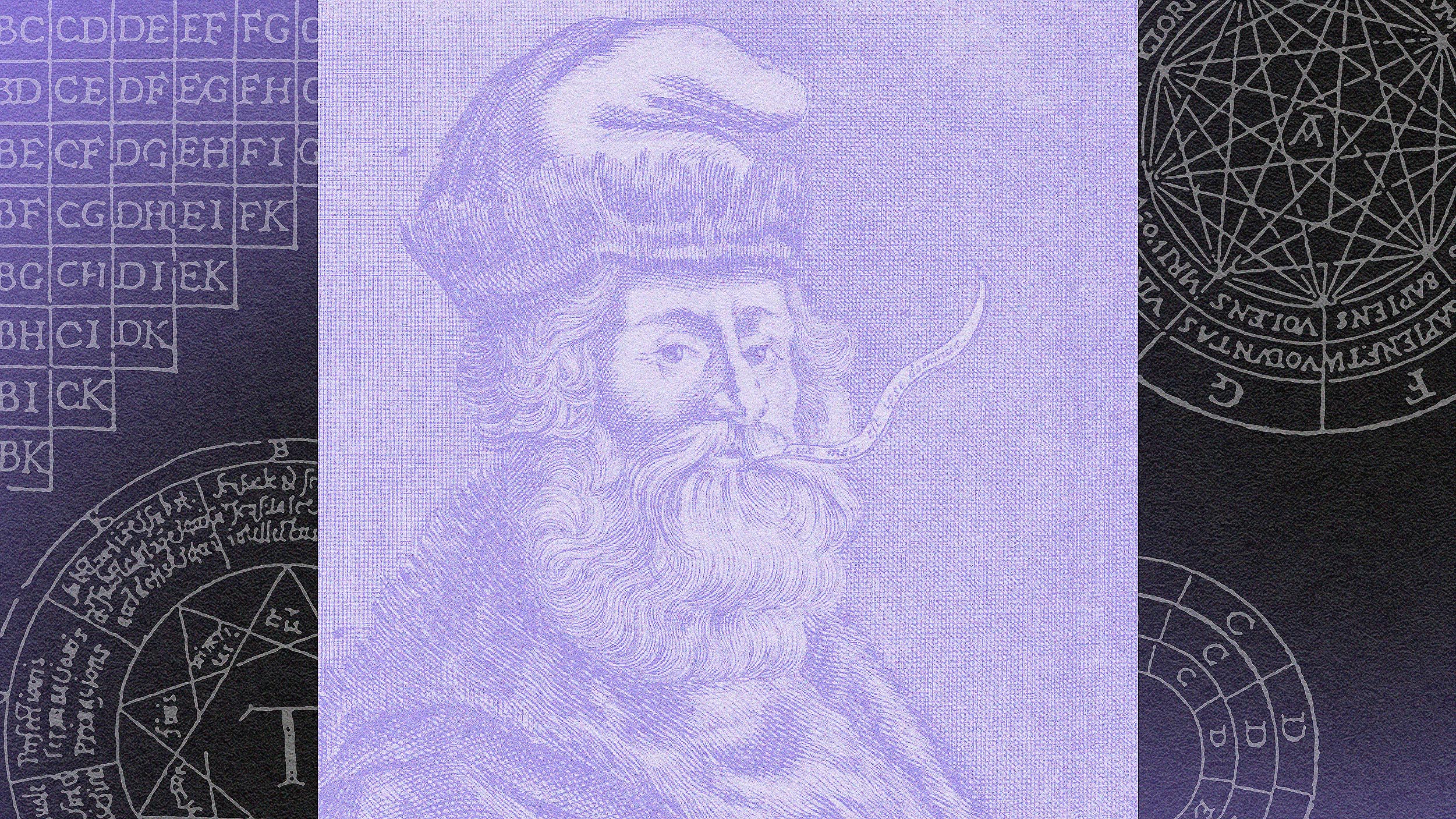Plato’s Math Errors Mislead Us Still

Plato recently tweeted his 10 biggest mistakes (channeled via Rebecca Goldstein author of Plato at the Googleplex). Two mistakes concern mathematics and an almost irrational faith in its powers:
1. Plato’s math mistakes are: “Beautiful mathematics leads us straight to the truth” and “Since the structure of reality is mathematical, observation is largely irrelevant.”
2. But mathematical beauty can mislead. Even in astronomy where it was once useful “too beautiful…to be wrong” recently failed.
3. Economics often risks, as Krugman says, “Mistaking Beauty for Truth.” Somehow economic ideas that work beautifully in the math survive contradicting observations.
4. Many “suspect that there is a very beautiful theory of economics out there” awaiting discovery. Plato’s enchanting faith that the “fabric of reality” is mathematical, remains strong among physicists and their imitators.
5. Faith within mathematics itself has been shaken. Gödel, perhaps the greatest logician since Aristotle (Plato’s star pupil), proved it has internal gaps. Gödel’s Incompleteness Theorem says very roughly that systems of deductions from axioms may have truths that can’t be proven. (see comments below for further reading).
6. Math is also externally incomplete. Many recognizable or named patterns (and their logic) remain beyond its grasp. Can math help in understanding the average sentence or story? Or the patterns called tartan or tragedy? Semantic and visual and mathematical patterns are cognitively distinct.
7. Semantic and visual patterns may be partially mathematically describable. But much linguistic or visual meaning can’t be captured mathematically (and math is mostly beyond words).
8. Mathematically descriptive ≠ usefully predictive. See “Newton pattern vs Darwin pattern.”
9. People (and the social sciences and humanities) face uncertainties that physics and its powerful math (and metaphors) never encounter. As summarized here we aren’t “biological billiard balls”.
10. Even statistics and probability can’t always help. They’re basically historical and limited by needing independent variables and stable relationships (which social sciences often lack).
Can math sum up all patterns? Is that a “rational” faith?
Illustration by Julia Suits, The New Yorker Cartoonist & author of The Extraordinary Catalog of Peculiar Inventions.





